Komodo National Park
The Wonderful Komodo National Park
Between the islands of Sumbawa and Flores, in the heart of the Indonesian archipelago, lies the Komodo National Park. It was created in 1980 with the aim of preserving the habitat of the indigenous Komodo dragon (Varanus komodoensis), but then it was enlarged to include the whole surrounding marine and terrestrial area and its peculiar biodiversity. Because of its biological importance, the Komodo Reserve was accepted by the UNESCO Man and the Biosphere Programme and listed among the World Heritage Sites in 1986.
Today, the Komodo National Park includes 29 volcanic islands, the larger of which are Rinca, Padar and Komodo. It stretches across land and water for a total extension of 2,000 km2. Geographically the area includes different types of environments and natural attractions: steep hills, jungles, grasslands, beaches, coral reefs…Some 2,500 Komodo Dragons live in the Park, along with innumerable species of other reptiles, birds, mammals, fish, corals, invertebrates. Its underwater environment is particularly rich in flora and fauna and is still relatively little known.
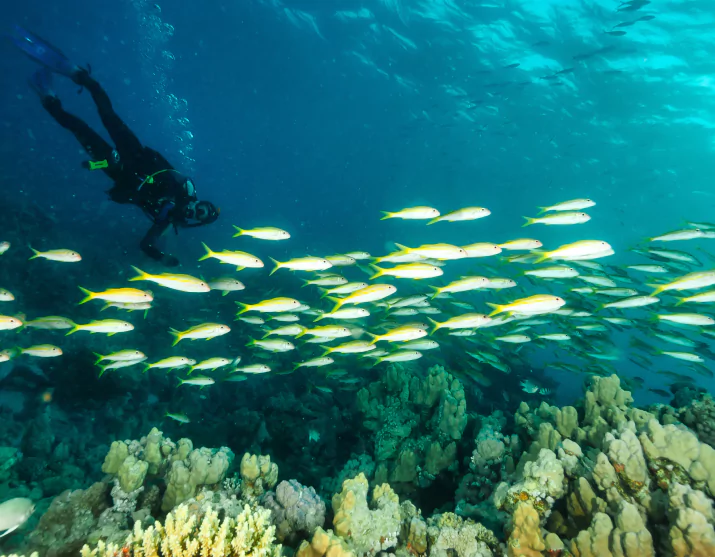
Diverse Diving Sites
The Komodo National Park is located right at the center of the Asia-Pacific Coral Triangle and boasts one of the world’s most incredible marine biodiversity. With approximately 100 amazing diving sites, the islands of the Park are in the bucket list of virtually all divers, wildlife photographers and marine scientists. The Komodo National Park diving spots are as diverse and dynamic as the sea species that can be sighted: there are sites characterized by strong currents, riptides, and whirlpools that bring in a wealth of nutrients to feed thousands of species of corals, colored reef fish, manta rays, sharks, and dugongs, but also low visibility muck sites where rare invertebrates can be observed from close range. Since the sea conditions might be rather challenging, divers are strongly encouraged to accept no compromise on safety, and only rely on reputable, trustworthy diving operators.

The Komodo Dragons
The Komodo dragon (Varanus komodoensis) is the largest lizard on Earth: it can reach up to 3 m in length and over 70 kg in weight. It features a long, thick tail, a flat head, and a swift, forked tongue. These voracious predators can eat up to 80% of their body weight in one single meal; they run and swim up to a whopping 20 km/h, and have an excellent vision (up to 300 m). Their favorite kills are large animals such as water buffalo, deer, and pigs, but they will not turn their nose up at carrion either. When they do hunt, though, they adopt a peculiar technique: they bite their prey, then surround it and wait for their poisonous bacteria-ridden saliva to slowly kill the victim – sometimes this requires up to 24 hours, during which they patiently follow their prey. Komodo dragons only live in the Komodo National Park (with a few colonies on the neighboring Flores Island), and they are indeed the Park’s main attraction. However, it is recommended to be cautious and not to get too close to them, because appearances can be deceptive: docile as they might seem, these Jurassic creatures can even attack humans. Visitors should always be accompanied by a ranger.
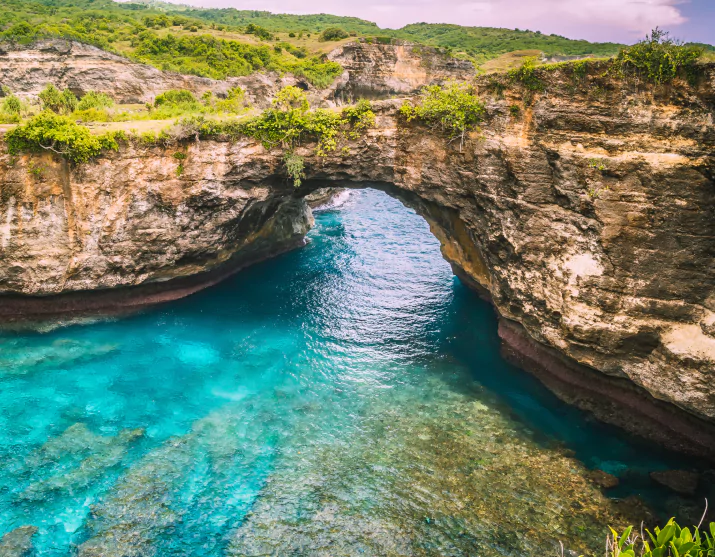
Climate & Landscape
The Komodo National Park is one of the driest spots in Indonesia: except for the monsoon period, very little rain and average daily temperatures of 40 degrees Celsius are to be expected on the island during the dry season, between May and October. Because of this aridity, the land is generally rough, and the plant life is mainly composed of grass, bushes and orchids. The landscape changes dramatically under the water surface, where a multitude of colorful plant and animal species thrive: sea grass beds, multi-color coral reefs, thick mangroves… the Asia-Pacific Coral Triangle at its absolute best!
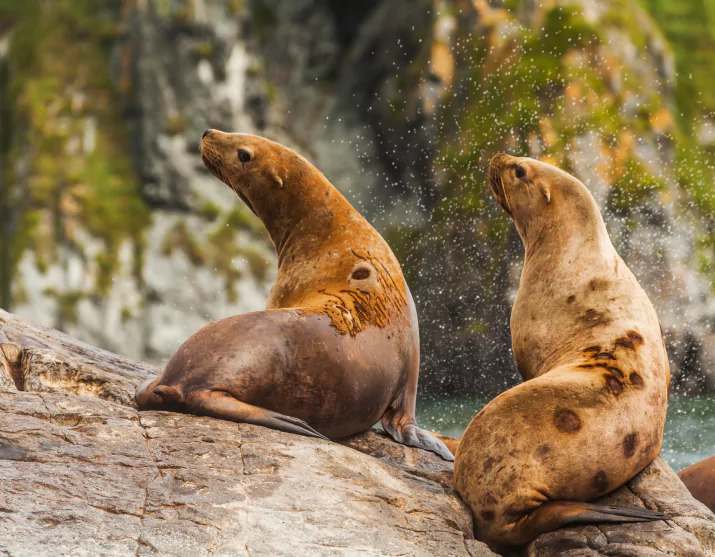
Land & Sea Fauna
The Komodo dragons may be the stars of the Park, but many other wild animals can be caught sight of roaming freely around: reptiles, mammals, birds… On land, lucky fauna watchers will be able to spot dozens of snake, lizard and bird species; various frogs, the Timor deer (the Komodo dragons’ favorite preys), wild horses, water buffalos, wild boars, Rinca rats (an endemic species), fruit bats, and the orange-footed scrub fowl. Under water, the Komodo National Park is home to a breathtakingly diverse marine fauna: thousands of fish species, innumerable corals and sponges, 10 types of dolphins, 6 types of whales, dugongs, green turtles, various shark species, huge manta rays, stingrays, marine reptiles and crustaceans.
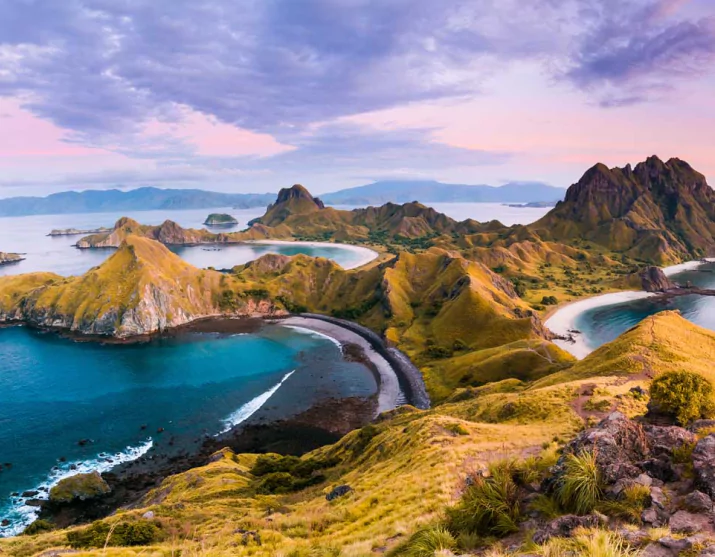
Hiking in Padar
Among the many open-air activities that can be enjoyed in the Komodo National Park, one of the most appreciated is hiking, especially on Padar Island. Here, photograph lovers will find a breathtakingly beautiful landscape made of soft hills, pristine bow-shaped beaches, and almost every possible shade of green, white and blue. It will take approximately 2 to 3 hours to hike up to the tallest peak of the island – plus all the time required by the innumerable photo stops along the way! Hikers are advised to bring comfortable shoes and clothes, plenty of water and not to forget their sunscreen.
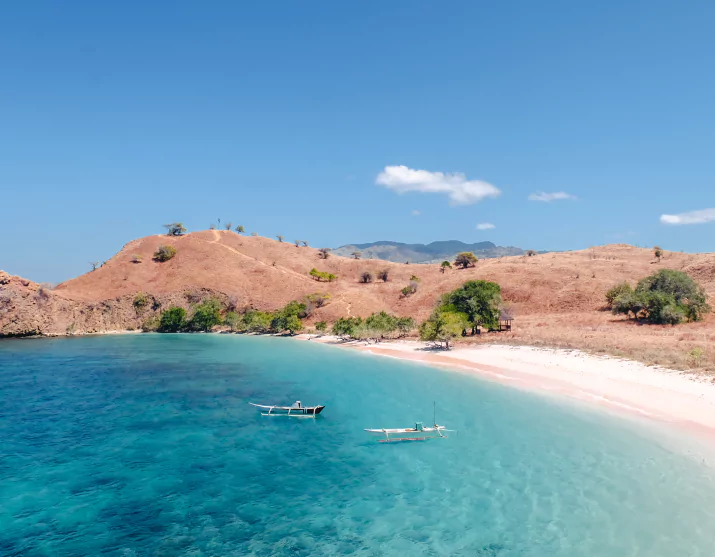
Pantai Merah : Komodo Island
Komodo National Park is home to one of the very few pink-colored beaches in the world: Pantai Merah, also called Pink Beach. It’s beautiful, glowing tone is due to the presence of white sand mixed with tiny red coral particles, and it is further enhanced by its breath-taking natural frame, composed of green hills, turquoise crystal-clear waters, and blue skies dotted with soft white clouds. Pink Beach is a must-see spot not only for Instagram lovers, but also for divers and snorkelers, who will enjoy the rich marine life it hosts: an incredibly lush underwater garden, teeming with hundreds of species of multi-color fish and corals will unfold in front of you as soon as you get beneath the water surface. Like the rest of the island, Pink Beach is part of the habitat of the Komodo Dragon, therefore visitors are advised to be careful in order to avoid disrupting the lizard’s land and marine environment. Asking for guidance from an authorized ranger is highly recommended.
How To Book A Komodo National Park Tour?
We visit the Komodo National Park daily from our Komodo Resort. Read more about the Komodo National Park Tours
See our tours